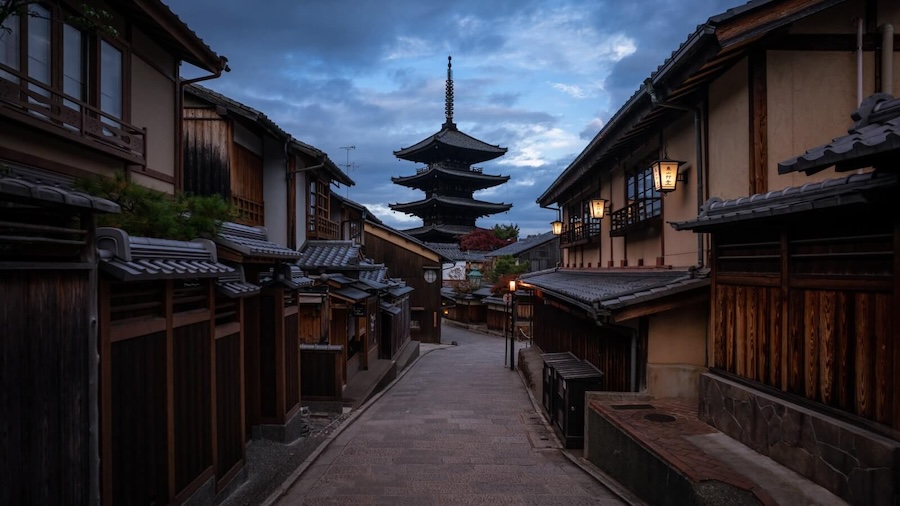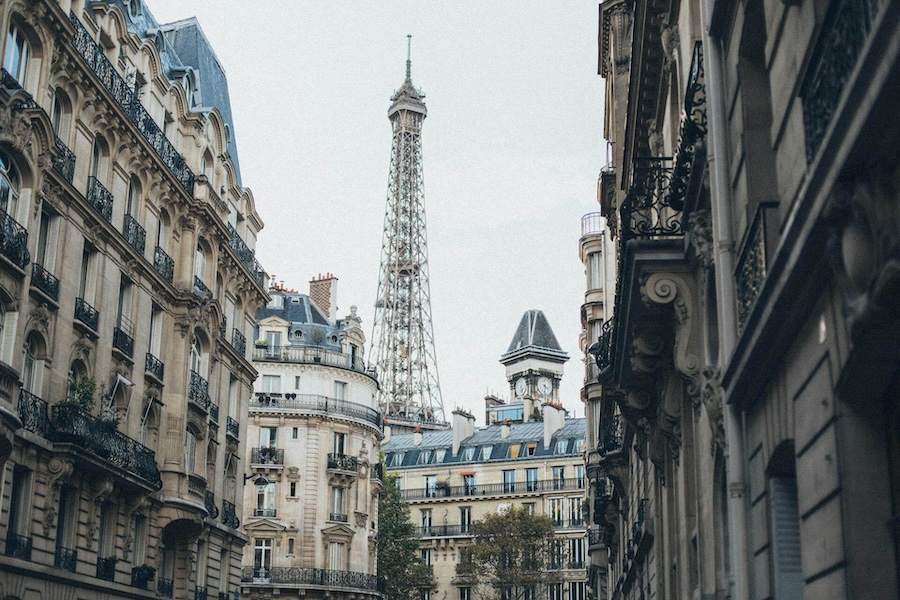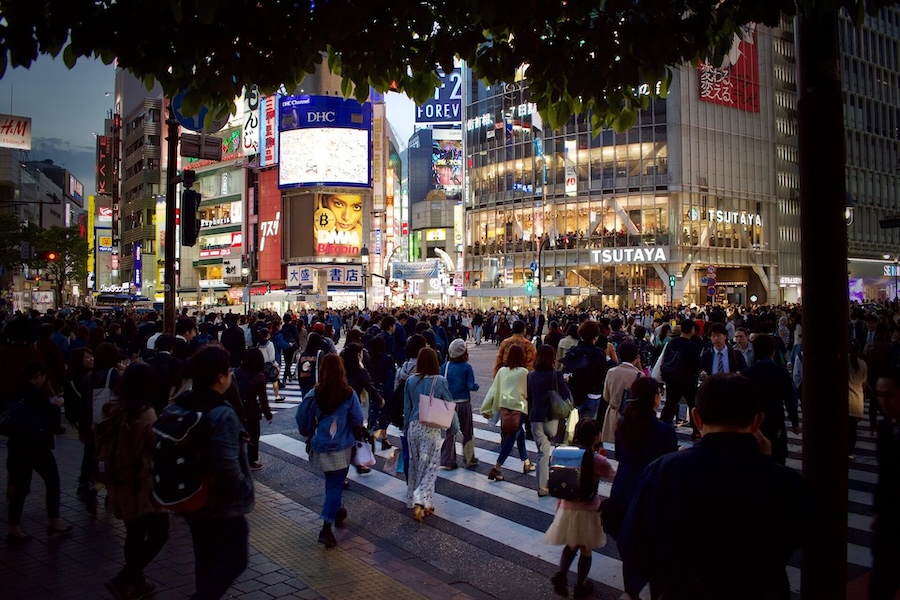· best neighborhoods · 5 min read
Kyoto — A Cultural Odyssey Through Japan's Ancient Capital
Discover the enchanting neighborhoods of Kyoto, where ancient traditions meet modern life.

Kyoto, once the imperial capital of Japan for over a thousand years, is a city where time-honored traditions gracefully coexist with modern life. Known for its classical Buddhist temples, sublime gardens, imperial palaces, Shinto shrines, and traditional wooden houses, Kyoto offers a glimpse into Japan’s rich cultural heritage. Join us as we explore Kyoto’s most captivating neighborhoods, each offering a unique window into the soul of this timeless city.
Gion: The Enchanting Geisha District
A Walk Through History
Gion, perhaps Kyoto’s most famous neighborhood, epitomizes traditional Japan. Characterized by its well-preserved machiya (wooden townhouses), cobblestone streets, and paper lanterns, Gion transports visitors back to the Edo period. The district developed in the Middle Ages as a place of rest for pilgrims visiting the Yasaka Shrine and has since become synonymous with geiko (Kyoto dialect for geisha) culture.
The Art of Geiko and Maiko
Gion is one of the few places in Japan where the geisha tradition is still alive. Geiko and maiko (apprentice geiko) are skilled entertainers, proficient in classical music, dance, and conversation. While sightings are rare and should be approached with respect, evening strolls along Hanami-koji Street or the Shirakawa Canal may offer a fleeting glimpse of these elegant figures on their way to appointments.
Cultural Experiences
- Gion Corner: A theater offering performances showcasing various traditional arts, including tea ceremonies, flower arrangement, and puppet plays.
- Yasaka Shrine: A Shinto shrine at the eastern end of Gion, famous for the Gion Matsuri festival held every July.
- Tea Houses and Kaiseki Cuisine: Indulge in Kyoto’s refined multi-course dining at establishments like Gion Karyo.
Arashiyama: Nature’s Tranquil Retreat
Scenic Beauty and Bamboo Groves
Located on the western outskirts of Kyoto, Arashiyama is celebrated for its natural beauty, especially during the cherry blossom and autumn foliage seasons. The iconic Arashiyama Bamboo Grove offers a surreal experience, walking paths surrounded by towering bamboo stalks that sway gently in the breeze.
Historical Temples and Landmarks
- Tenryu-ji Temple: A UNESCO World Heritage Site, renowned for its Zen garden and exquisite landscape design.
- Togetsukyo Bridge: Known as the “Moon Crossing Bridge,” it offers picturesque views of the Katsura River and surrounding mountains.
- Monkey Park Iwatayama: Home to a troop of over 100 Japanese macaque monkeys, accessible via a short hike offering panoramic views of Kyoto.
Cultural Activities
- Traditional Boat Rides: Explore the Hozu River on a traditional wooden boat, guided by skilled boatmen navigating the gentle rapids.
- Cultural Workshops: Participate in kimono dressing, tea ceremonies, or calligraphy classes offered by local artisans.
Higashiyama: The Historical Heart
Preserving the Ancient Capital
Higashiyama, meaning “Eastern Mountains,” is a district that embodies Kyoto’s historical essence. The area is filled with temples, shrines, and traditional shops, all nestled against the backdrop of the forested hills.
Must-Visit Sites
- Kiyomizu-dera Temple: Famous for its wooden terrace offering breathtaking views of Kyoto, especially during the cherry blossom and autumn seasons.
- Philosopher’s Path: A stone path lined with cherry trees, following a canal that connects several significant temples.
- Sannei-zaka and Ninen-zaka: Sloping streets preserving the atmosphere of ancient Kyoto, lined with shops selling traditional crafts, sweets, and souvenirs.
Cultural Immersion
- Tea Houses: Experience the tranquility of a traditional tea ceremony at places like Camellia Tea Ceremony.
- Traditional Crafts: Visit workshops specializing in ceramics, textiles, and other crafts unique to Kyoto.
Nishijin: The Weaving District
A Legacy of Textile Artistry
Nishijin is renowned for its rich history in textile production, particularly the exquisite Nishijin-ori silk brocade used for kimono and obi. The district’s weaving tradition dates back over a thousand years, showcasing the intricate craftsmanship of Kyoto’s artisans.
Exploring Nishijin
- Nishijin Textile Center: Offers demonstrations of hand-weaving techniques, kimono fashion shows, and opportunities to purchase authentic textiles.
- Orinasu-kan Museum: Housed in a traditional building, it exhibits historical fabrics and provides insight into the evolution of textile arts.
- Machiya Architecture: Wander through streets lined with traditional townhouses, some of which have been converted into cafes and galleries.
Hands-On Experiences
- Weaving Workshops: Participate in classes to weave your own small textile piece, guided by experienced artisans.
- Kimono Dressing: Rent a kimono and explore the district, immersing yourself in the traditional atmosphere.
Fushimi: Sake Breweries and Sacred Shrines
The Spirit of Sake
Located in southern Kyoto, Fushimi is famous for its high-quality water, making it a prime location for sake brewing. The district is home to numerous historic breweries, offering tastings and tours.
Highlights of Fushimi
- Fushimi Inari Taisha: One of Japan’s most iconic shrines, known for its thousands of vermilion torii gates winding up Mount Inari.
- Gekkeikan Okura Sake Museum: Learn about the history and process of sake brewing, with opportunities to sample different varieties.
- Canal Boat Rides: Cruise along the Horikawa River on traditional boats, enjoying views of the historic breweries and warehouses.
Cultural Exploration
- Sake Tasting Tours: Explore different breweries like Kizakura and Matsui, each offering unique flavors and brewing techniques.
- Local Cuisine: Pair sake with regional dishes at traditional restaurants, experiencing the harmonious balance of flavors.
Downtown Kyoto: Where Modern Meets Traditional
The Vibrant Urban Core
Downtown Kyoto, encompassing areas like Shijo Kawaramachi and Karasuma, is the city’s bustling commercial center. Here, modern shopping complexes coexist with traditional markets and eateries.
Shopping and Entertainment
- Nishiki Market: Known as “Kyoto’s Kitchen,” this market offers a sensory feast with fresh produce, seafood, sweets, and local specialties.
- Teramachi and Shinkyogoku Shopping Arcades: Covered streets filled with boutiques, souvenir shops, and cafes catering to all tastes.
- Pontocho Alley: A narrow alley along the Kamo River, lined with restaurants ranging from casual eateries to upscale kaiseki establishments.
Cultural Highlights
- Kyoto International Manga Museum: Showcasing Japan’s manga culture with extensive collections and exhibitions.
- Modern Art Galleries: Explore contemporary art at venues like Kyoto Art Center, blending traditional aesthetics with modern expression.
Conclusion
Kyoto’s neighborhoods are a tapestry of Japan’s rich history, cultural traditions, and natural beauty. From the serene temples of Higashiyama to the vibrant streets of Downtown Kyoto, each district offers a unique journey into the heart of the ancient capital. Whether you’re seeking spiritual enlightenment, artistic inspiration, or simply wish to immerse yourself in the timeless elegance of Japanese culture, Kyoto invites you to discover its endless wonders. As you wander through its storied streets and tranquil gardens, you’ll find that Kyoto is not just a city to visit but a place to experience, leaving an indelible imprint on your soul.


